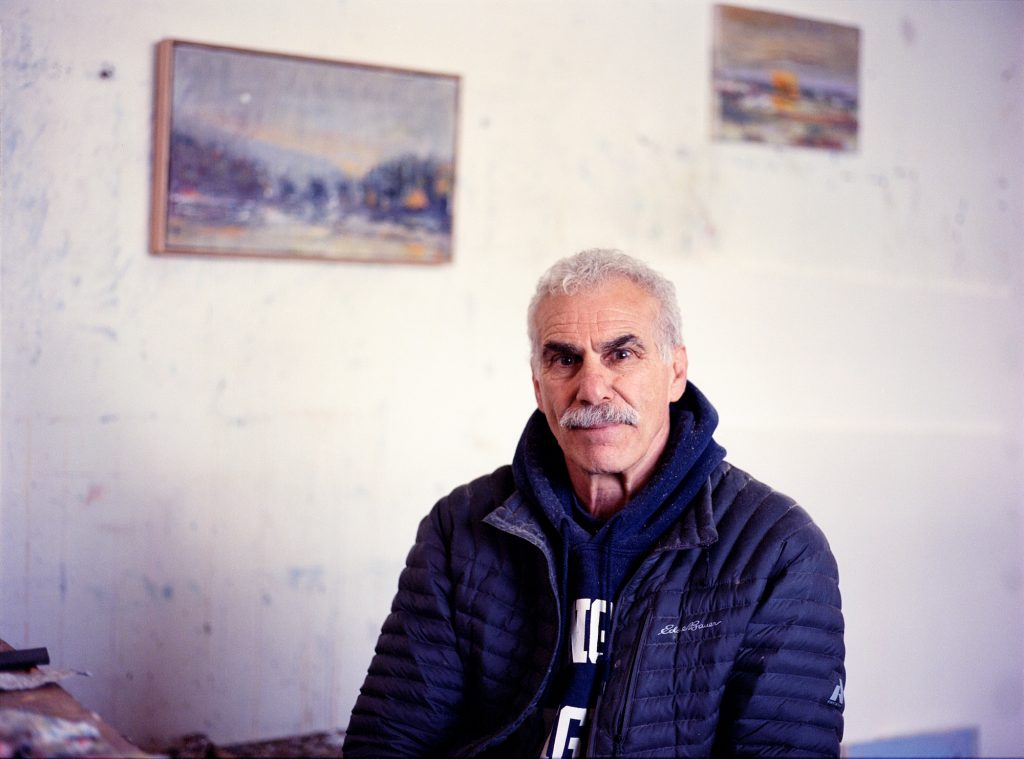
I met William Chickillo a few years ago at Skylake Gallery that serves as his gallery, studio, and workshop in Fleetville, Pennsylvania. I had stopped by at the time, not to see his art but to take some photos of his building with my drone. I had a terrible drone at the time and I was terrible at flying it – but he was nice enough to let me give it a go.
Upon seeing his large abstract pieces hanging in his gallery, I mentioned I wanted to come back someday and interview him for The Watercolor Gallery. Even though he primarily works in oil I knew there would be a lot to learn from for artists of all mediums. So just last month, a few years after meeting him, I stopped by. We talked for over an hour and he let me take his photograph on film since that is one of my hobbies. He also gave me a tour of his studio area, his workshop where he builds his frames by hand, and his gallery space. If you’re ever in his area I recommend stopping by Sky Lake Gallery.
This interview is in a different style than my previous interviews. Here are some audio snippets of our conversation that you can let play through. Below that are some quotes that I transcribed from our conversation interspersed with some of his work. I hope you like this interview and thanks to Mr. Chickillo for taking the time.
Here are some loose quotes transcribed from our conversation:
How do you know when to stop with abstract art?
I can only quote de Kooning (William de Kooning) “Stop at an interesting place.” You can open it up again at any time and change one little value and as soon as you do that you just open it up for another possibility. So in essence you just have to be satisfied with what you’ve got at that time.
Also
Sometimes when I get a piece in a frame I’ll look at it and notice a few more things that can be done and so I’ll go back and hit it again.
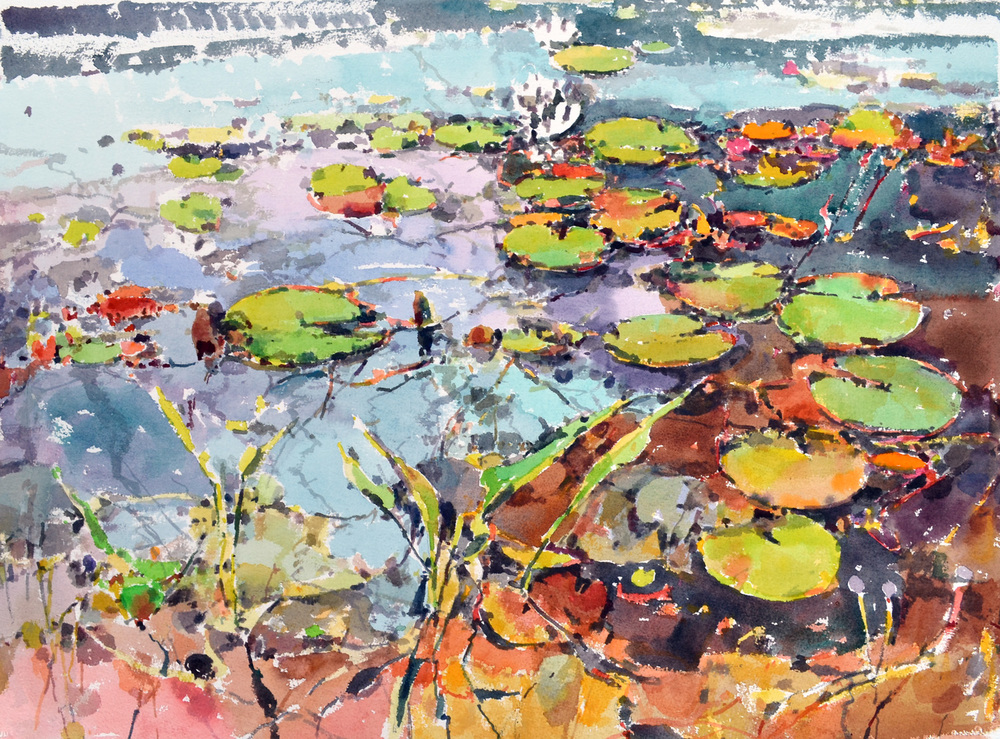
Why there are less abstract artists that use watercolor than oils or acrylics?
Once you stain that paper you have to live with that. Where when I’m doing an oil and I don’t like it I can wait until it dries and grind it off.
Where should an artist begin a piece?
You have to start somewhere. Most amateurs are afraid of white paper. To me it is just the opposite, I can’t wait to destroy it.
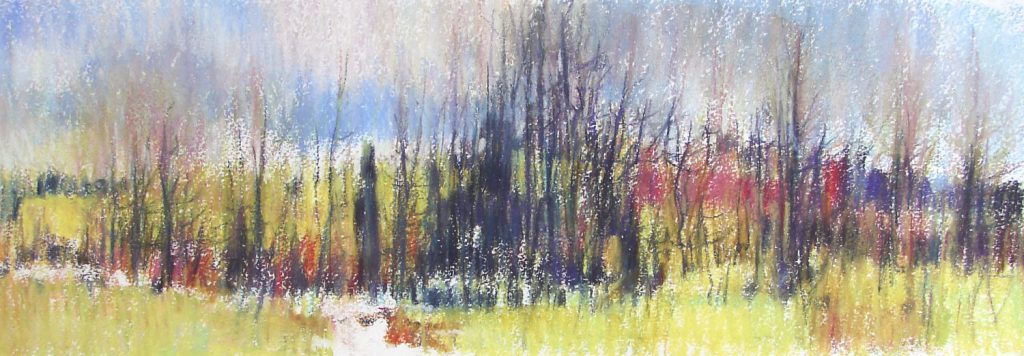
How do you deal with the frustration zone?
Any painter will tell you that at some point you will lose your place. Because it is everywhere but nowhere. You have to pull that thing together. Finding that anchor is important.
Does he hate money? His art with large canvas and a lot of pigment must be expensive.
It is just the opposite. The way to make a lot of money is big canvases.
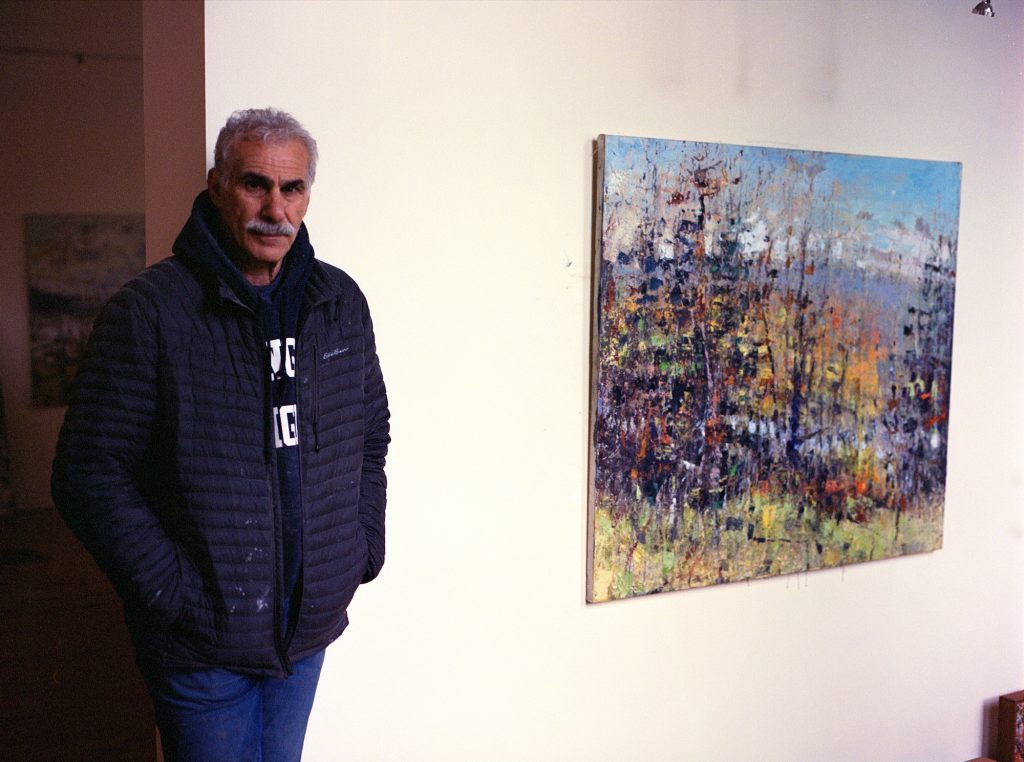
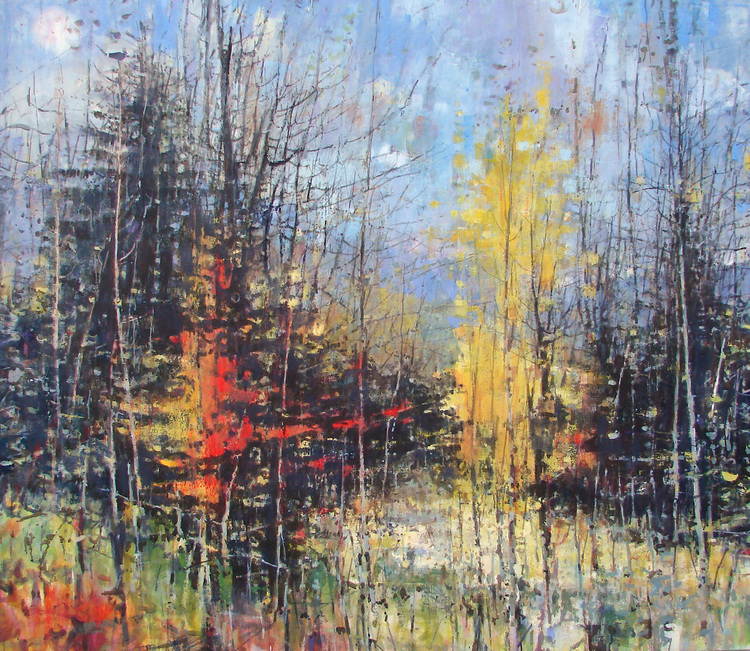
On the draw of abstract art?
There is a lot of bad abstract art. It is a lot harder to hit it. I always like at abstraction as… if it is going to work, Picasso did it, but you better know how to put it together before you take it apart.
On owning his own building for his gallery, studio, and workshop for decades.
Having this set me apart from a lot of things. It gave me a place to work and show, create revenue, to raise two kids. Having this building was everything.
Artists mentioned: Joe Opshinsky, Paul Mascatt, John Evans, Carlyn Evans, Fairfield Porter,and Edward Hopper.
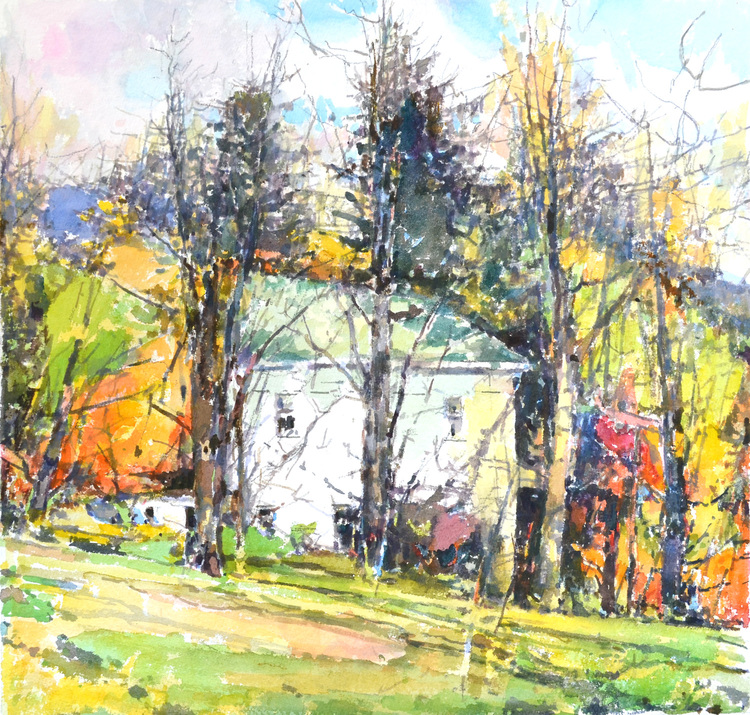
My thanks to William Chickillo of Skylake Gallery for taking the time to give my Dad and I a tour of his space and have this lovely conversation on a Saturday afternoon. You can follow William Chickillo on Instagram.
Photo credit: Colin Devroe.
